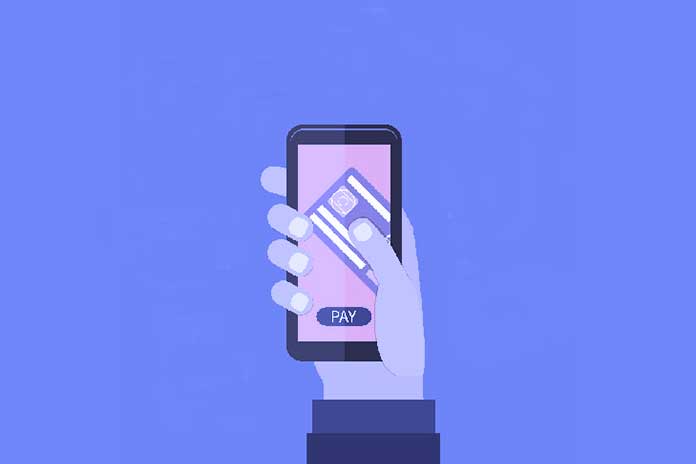Transfering money digitally is a convenient way to send funds globally. Whether you have family overseas, are supporting international businesses, or simply want to send some money to a friend, you will undoubtedly use some form of e-transfer. With this method of currency exchange still being relatively new, there are a few things you may want to know.
Transfer Costs
The first thing to know when you go to send money digitally is some services have transfer costs. There are a few different ways to conduct an e-transfer. You can transfer peer-to-peer, bank-to-bank, or use a third-party app to exchange and hold money externally. Depending on the method you use, you may run into some transfer costs when you go to move your money around.
In many cases, these costs are there as insurance. For instance, Ria money transfer charges a small fee for handling on larger payments to ensure everything gets to the destination without issue. If you’re short on extra funds, make sure you do your research on transfer costs before you send money digitally.
Exchange Rates
The second thing to keep in mind is the exchange rates when sending money internationally. Every nation has its own form of currency, and you’ll need to be aware of the exchange rate before sending money to someone in that specific country. While you could do the calculations yourself, there are many apps and services that will adjust things for you.
Depending on the money transfer service you use, you may be able to calculate and adjust for exchange rates automatically. Many modern transfer apps have exchange calculators built in, allowing for ultimate convenience as you send money internationally. Whether you’re transferring funds back home, buying something in another country, or helping out a friend, using an exchange rate calculator will ensure you have the right amount every time.
Security Measures
Finally, you should take security measures into account when you go to transfer money digitally. No one wants to be the victim of identity theft or fraud, especially when it comes at the cost of your hard-earned funds. Before you send money to someone else, make sure they’re not a scammer. If you received a link that looks suspicious in any way, err on the side of caution and keep your money to yourself.
Additionally, protect yourself and your information every time you log into your money transfer portal. Many e-transfer apps and sites offer two-factor authentication, which allows you to secure your card and banking information behind a second password wall. While it may feel excessive at first, it will make stealing your data harder for scammers. Along those lines, make sure you have strong passwords protecting your accounts. Steer clear of anything like birthdays and anniversaries that can be guessed easily by looking at your social media. Your financial passwords should be strong enough to prevent potential data leaks or identity theft. By combining the built-in security measures with a few of your own, you can keep your digital transfers safe.
Overall, sending money online is convenient for many reasons. If you’ve been on the fence about it, feel free to try it with any number of reputable carriers.
Also Read: SaaS And PaaS In The Banking Sector

